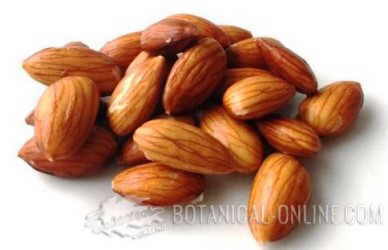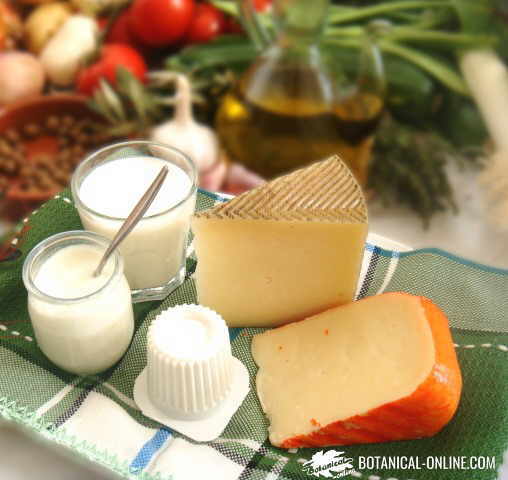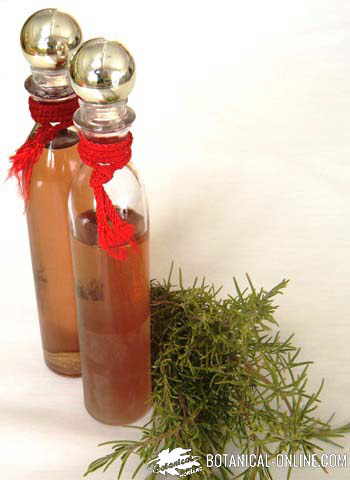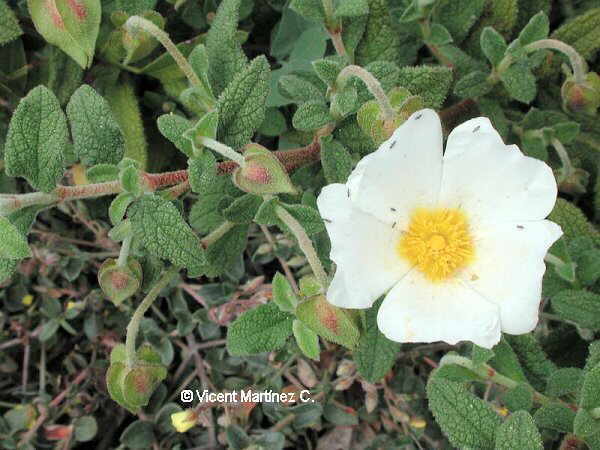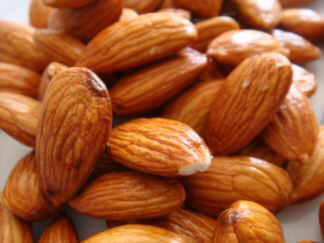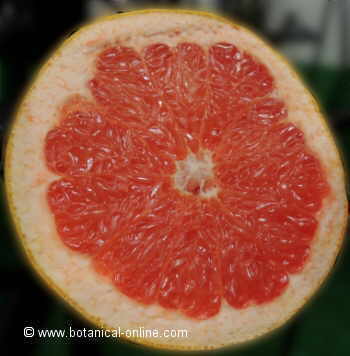Contents
What is the composition of coltsfoot?
Active components of coltsfoot
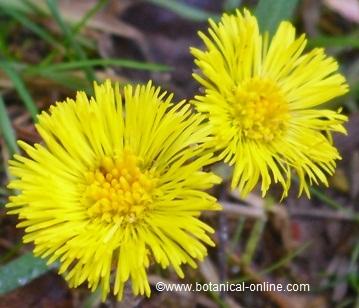
The whole plant, especially its flowers, contains pyrrolizidine alkaloids, a type of toxic principles. The most abundant alkaloid is senkirkine (0.015%), and it contains other minor components which are seneciorin and tusilagin. Tusilagine has shown a stimulating effect on the respiratory and cardiovascular systems.
These types of alkaloids are toxic to the liver when ingested in high doses, or when taken in small doses but for a long time (more than 2 weeks in a row).
In the case of British tobacco or coltsfoot, the content of these alkaloids is low in the established doses, so that the punctual administration of the plant does not present toxicity. However, long coltsfoot treatments are toxic to the liver. Animal experiments have shown that this type of alkaloid in high doses can cause hepatitis, cirrhosis and liver cancer.
The highest alkaloid content is found in the flowers of the plant before opening, at which time they are collected. These alkaloids diminish during the drying and the conservation of the plant.
Toxic alkaloids in coltsfoot?
In infusions with the fresh plant, certain amounts of pyrrolizidine alkaloids, toxic components for the liver, are appreciated. However, its toxicity is due to continued use, and not to the specific administration of this plant as a remedy.
Do the leaves of coltsfoot have toxic alkaloids?
The leaves contain fewer alkaloids than the flowers, so their use in food in a timely manner does not pose a health problem. The root is very rich in alkaloids, and it is toxic to health.
Active principles of the plant
- The flowers are the most appreciated medicinal part of the plant. They contain triterpenes and flavonoids with antispasmodic effect, which helps to calm the cough; and bronchodilator.
- The triterpenes of the coltsfoot are arnidenediol, faradiol, tusilagona (plant) and arindiol (flower). Some of these components are also found in arnica (Arnica montana).
- Among its flavonoids, hyperin and hyperoside stand out, two active components present in most antibronchitic plants, such as sorrel (Rumex acetosa) and St. John’s Wort (Hypericum perforatum). Coltsfoot or British tobacco is the richest plant in hyperoside, which makes it the antitussive par excellence. The plant contains other flavonoids, such as rutin, quercetin, isoquercetin, cryptoxanthin, taraxanthin, violaxanthin, and lutein.
- The flower heads and leaves of the plant are very rich in mucilage (7-8%). Mucilage softens the respiratory tract, being an adjunct in the treatment of cough. Applied externally, the leaves are a vulnerary remedy to treat sores, boils and skin burns, due to their emollient properties.
- Mucilage is a reserve plant substance, a polysaccharide, which breaks down into arabinose, glucose, fructose, uronic acid, inulin and xylose, components that are also found in the plant.
- The leaves, and to a lesser extent, the flowers, contain tannins (20%).
- Acids: caffeic, caffeoyltartaric, ferulic, gallic, p-hydroxybenzoic, tannic, malic, tartaric acid.
- Phytosterols: sitosterol, stigmasterol, taraxasterol.
Collection and conservation of the plant
- The flowers are collected when they are about to open, and will open during their drying. It is at this time when they have the greatest amount of alkaloids. They are placed on a board in the shade, in a ventilated place, for drying. Once dry, store in an airtight glass bottle and protected from light. Well dried flower heads should retain their bright yellow color.
- The leaves are harvested in early summer, when they are young, by cutting them by their petioles with scissors. The leaves should not be torn off or damage the corner, since the flower will be born the following season.
- Formerly the old roots were used as tinder, to light the fire, due to a kind of cotton that is formed in the old roots. These roots are not used for medicinal purposes.
How the plant is consumed
The scape or floral stem of the young flowers is consumed sautéed with olive oil and salt or soy sauce as asparagus.
The young leaves are eaten in salads, although they can also be cooked in tempura, battered in flour, in fritters and cookies. Old leaves don’t taste good.
Because of its richness in vitamin C, the leaves were once taken in salads as an antiscorbutic. However, it is recommended not to take this plant regularly as a vegetable since it has components (pyrrolizidine alkaloids) that can be toxic to the liver. Its occasional consumption is not toxic, although it has been shown that the perpetual administration of plants that contain this type of alkaloids (such as comfrey or borage) can be harmful to the liver.
![]() More information on coltsfoot, horsehoof or British tobacco
More information on coltsfoot, horsehoof or British tobacco


